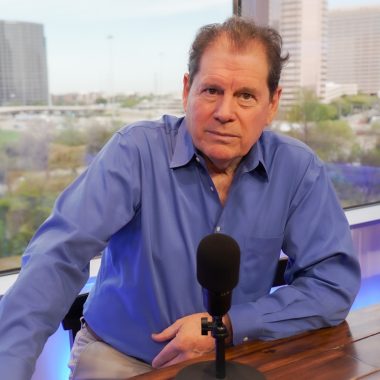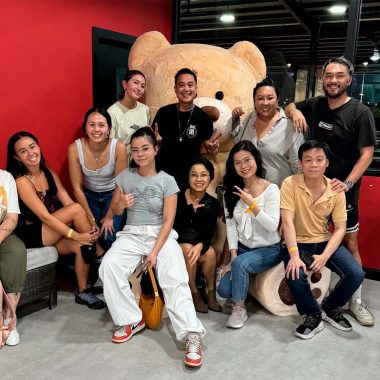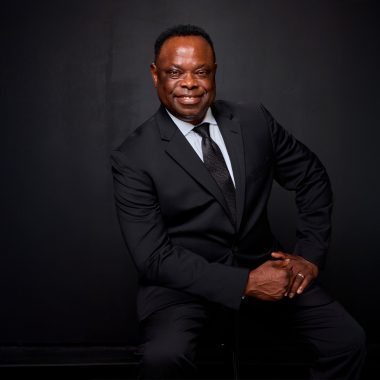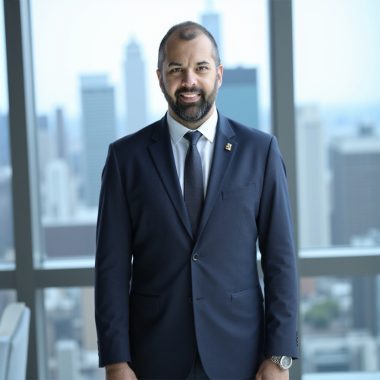By the time Daniel Vicario was leading multimillion-dollar aerospace programs and driving industrial innovation, he had already experienced firsthand what many executives only study from a distance. From the cockpit of military aircrafts to the executive boardrooms of aerospace giants, Vicario built his reputation not just on technical competence but on his unique ability to bridge operations, engineering, and strategy in high-stakes environments.
“I have the ability to lead transformation because I understand everything at every level from a personal standpoint,” Vicario explains. “And I’m fortunate for that. My experience drew me that way.”
A Perspective Forged in the Skies
Vicario’s journey into transformational leadership began in the U.S. Navy, where he trained as a naval aviator. It was there, in an environment where precision is paramount and system failures can be fatal, that he developed an intimate understanding of complex aerospace systems. This foundation shaped his approach to innovation: deeply technical, informed by real-world needs, and relentlessly mission-driven.
“When you’re going through your training as a naval aviator, you have to learn the aircraft backwards, forwards, upside down,” he says. “I always enjoyed that part, learning the systems.” That fascination evolved into a career with top-tier aerospace firms including Collins Aerospace, Parker Aerospace, and Eaton, where he led some of the industry’s most demanding programs, from developing next-generation electric drive systems to contributing to defense projects like the B-21 Stealth Bomber and the V-280 Future Long-Range Assault Aircraft.
Why Innovation Demands Risk
For Vicario, innovation is not just a corporate initiative. It is a high-risk, high-reward endeavor that requires deep commitment and personal investment. “Transformation really should be throughout the whole organization,” he says. “But it’s not as easy as it sounds. It takes risk. You have to put your reputation on the line to be a champion for a product or a new process.”
At Parker Aerospace, Vicario once visited a team responsible for overhauling gearboxes essential to rotorcraft systems. Recognizing the components as life-critical systems from his flight days, he thanked the technicians personally. “You don’t know what this part means to us. It kept us alive,” he told them. For Vicario, innovation is most meaningful when it is directly connected to outcomes that affect lives.
Strategy One: Embrace Emerging Talent and Ideas
Vicario is a strong advocate for generational collaboration and the integration of new thinking into traditionally conservative sectors. “First and foremost, adopt new ideas, new cultures, and the younger engineers coming up. They may have a new way of doing things, and we need to learn from them.”
He recalls a pivotal moment when advanced inflight entertainment systems were being installed in commercial aircraft. The project brought together high-performing innovators, but a rigid corporate culture soon took over. “The culture shift pushed the innovators out. We ended up replacing cutting-edge technology (fiber optics) with outdated systems, which was a major step backward,” he reflects. The lesson: innovation must be nurtured, not shut down by legacy thinking.
Strategy Two: Strengthen and Localize the Supply Chain
Vicario highlights supply chain resilience as a critical component of innovation success. “If you’re a CEO, you should really be looking to vertically integrate locally,” he says. “You’re only as good as your downline or upline supply chain.”
He shares an example from his time supporting the B-21 Raider program, where a simple part delay threatened to push back timelines significantly. “Imagine telling the head of a national security program that a critical component is delayed by nine months. And even if it gets prioritized, there are sixteen other programs ahead of you,” he explains. For Vicario, ensuring local, reliable production capacity is a strategic advantage, not just good logistics.
Strategy Three: Know Your Strengths and Focus Innovation
The final pillar in Vicario’s innovation framework is clarity. “Pick something you’re really good at or know pretty well and go innovate in that space,” he advises. He has seen companies overextend themselves by attempting to control every aspect of development without the necessary expertise.“Innovation requires precision,” he says. “You have to know your core competencies and partner wisely. I’ve seen catastrophic mistakes, companies that didn’t understand their limitations and ultimately failed.”
Vicario’s own company focuses on drive systems for electrification and space applications, a domain in which he has deep experience. This strategic focus allows his team to push the boundaries of what is possible while maintaining operational control and technical excellence.
A Career That Connects the Dots
What sets Vicario apart is not just his resume but his rare ability to synthesize insights from multiple vantage points. “I’ve been in the cockpit. I’ve been the guy on the ground waiting for that gearbox. I’ve been the executive allocating budget and resources to solve those problems,” he says.
His commitment to innovation is built on lived experience, technical fluency, and a systems-level view that few others possess. In sectors where reliability, speed, and vision all matter, Vicario continues to shape the future of aerospace and industrial technology with the same focus and discipline that first took flight in the Navy.
To connect with Daniel Vicario, visit his LinkedIn.








